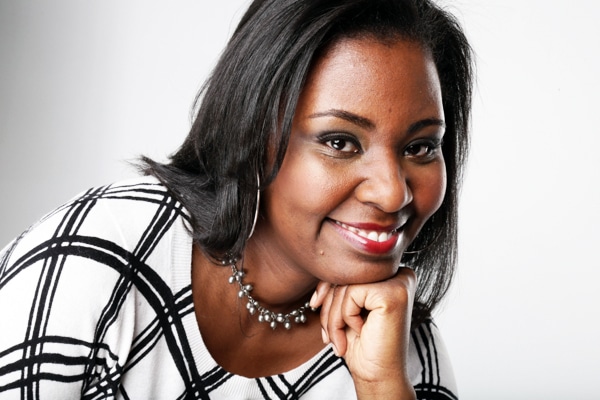BLOG / BLOG POST

A Seat at the Table with Dana Johnson
By Chandler Johnson
Green 2.0 Fellow Chandler Johnson sits down with Dana Johnson, Director of Federal Policy at WE ACT for Environmental Justice and board member of Green 2.0 to discuss diversity, inclusion, and equity within the environmental movement.
Q: Can you share with us WE ACT’s mission and a short history?
A: WE ACT for Environmental Justice was founded by Peggy Shepherd, Vernice Miller-Travis and Chuck Sutton in 1988. They lived in Harlem and organized residents to advocate against a sewage plant that negatively impacted Black and Latinx residents. This was the impetus for the formation of WE ACT. Our mission is to ensure that communities of color have a place at the decision-making table when it comes to policies and practices that impact us.
Q: What led you to environmental justice advocacy?
A: I didn’t necessarily come to the environmental justice space intentionally. I knew I wanted to work to create access, opportunity and give voice to issues that impact people who are disenfranchised, marginalized, and frankly who aren’t treated with the honor and respect they deserve. So, I brought that framework to environmental justice and to WE ACT.
Q: As a Black woman working in the environmental movement, can you share what diversity, equity, and inclusion means to you?
A: Frankly, we have brilliant minds in the corporate and government sectors in America, but the idea of diversity and inclusion is not that hard of a problem to solve, but we have to have a willingness to solve it. We have to make sure the voices of all communities are recognized and what it all just boils down to is that people need to be intentional and held accountable for achieving diversity, inclusion, and equity goals.
Q: What case needs to be made to the leaders of environmental organizations to prioritize equity?
A: Dr. Martin Luther King, Jr’s work was based on the concept of the “beloved community” and essentially is “whatever is affecting me will eventually affect you.” The environmental justice movement is led by communities of color, however the climate crisis won’t stay with us. Eventually this crisis will be in White America’s front yard so when you think back to that concept of beloved community it is in their best interest to ensure environmental justice is achieved.
Q: Can you share with us what excites you about being on Green 2.0’s Board?
A: I love the mission of Green 2.0. It is critical to create a diverse, equitable, and inclusive environmental movement that starts with having a real assessment of where we are at. I am excited about partnering and holding the environmental movement accountable to ensure that they reflect the communities that they serve.
